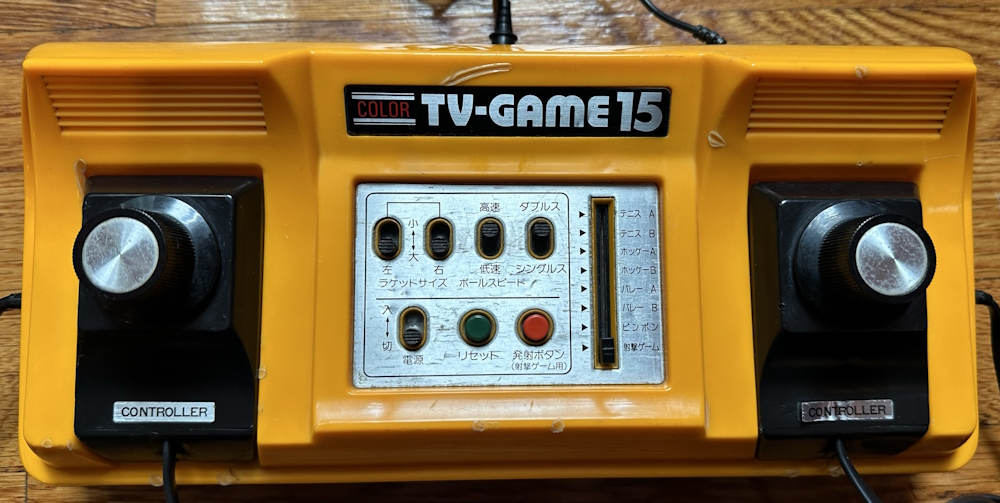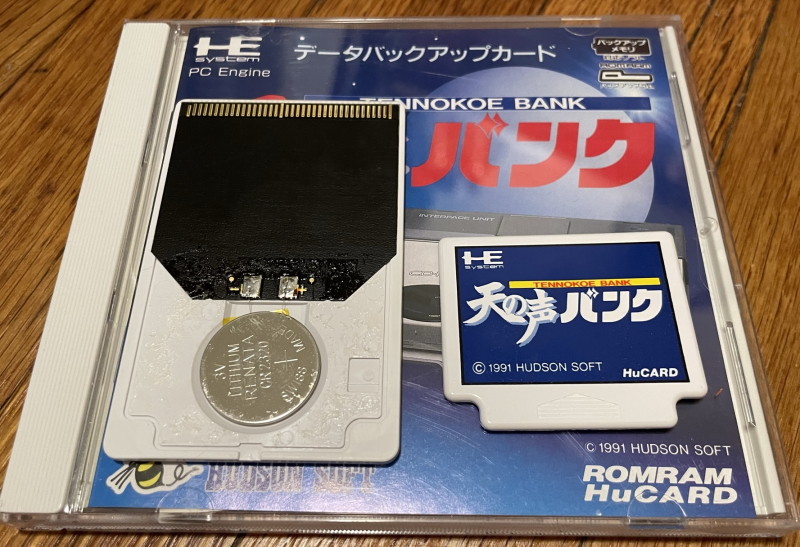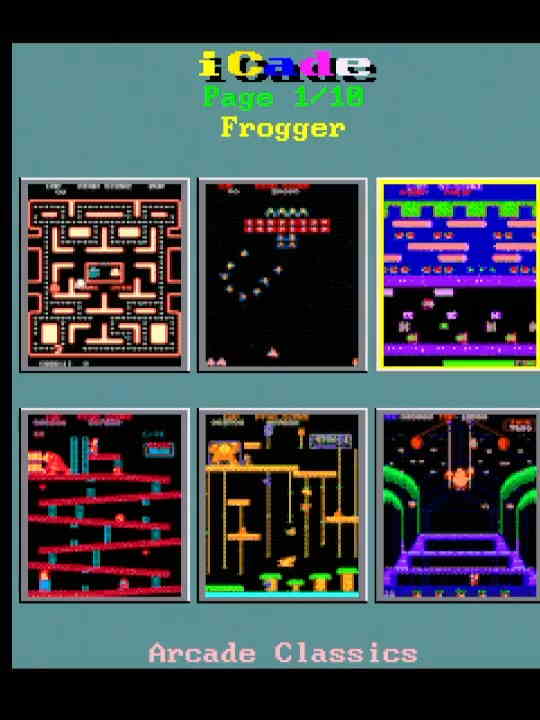What a weird game Nicole Express has dug up, an excellent example of how interconnected video gaming can be, in unexpected ways.

The Legend of Makai is a 1988 arcade game from Jaleco, developed by NMK. NMK made a variety of games around that time, but one especially notable thing they did was publish a Famicom game in Japan called Densetsu no Kishi Elrond, which is a slightly modified version of Rare’s Wizards & Warriors. It’s no bootleg: it was licensed from them for release.
This is getting off the track a bit, but Elrond is one of those games where the changes are minimal, but what was changed is extremely interesting, since rarely will you have so a clear an example of what the publisher’s priorities are. In the Japanese version the level order has been rearranged, and your knight hero has only one life, but does have a numeric counter for their health, and by collecting health-granting meat you can increase your life total above its initial maximum.
Wizards & Warriors is one of those games that’s fallen into the classic gaming netherworld. Its publisher Acclaim no longer exists, and Rare has little connection with Nintendo these days, so while it’s possible to play it officially these days (as part of Rare Replay), it’s missing from most of the prominent avenues in which classic NES games have been kept playable, like the Wii and Wii-U Virtual Consoles, the NES Mini and Nintendo Switch Online. Back on the NES W&W was rather popular; its hero Kuros actually got a cartoon rendition as part of the cartoon segments of the game show Video Power (there he’s a generic barbarian who speaks in thees and thous forsooth, and has no armor). His second and third adventures were developed for Rare by the legendary Pickford Bros. But now, the series is gone, and probably will never be revived.
So why do I bring up Wizards & Warriors, a British game, in an article about The Legend of Makai? Because as Nicole points out, The Legend of Makai is a arcade game made by W&W’s Japanese publisher, and it has many things in common with Wizards & Warriors that can’t be coincidental.
- Your character jumps in a similar way, that few other games replicate
- Your character holds their sword out at all times, and if you jump into enemies you can stab them with it
- You’re searching for colored keys
- Levels have a verticality to them that’s reminiscent of W&W
- You’re searching for permanent powerup items that increase your abilities, some similar to W&W.
Hardcore Gaming 101 also noticed the similarities. It’s unlikely we’ll ever know what went on there (maybe someone who can read Japanese can look through old magazines from the time?), but in one of those twists of fate, it’s easier to legally play The Legend of Makai now than Wizards & Warriors, for it’s been released through Arcade Archives (Switch, PS4), while W&W has to be sought out through Rare Replay, or else on the original cartridge.






